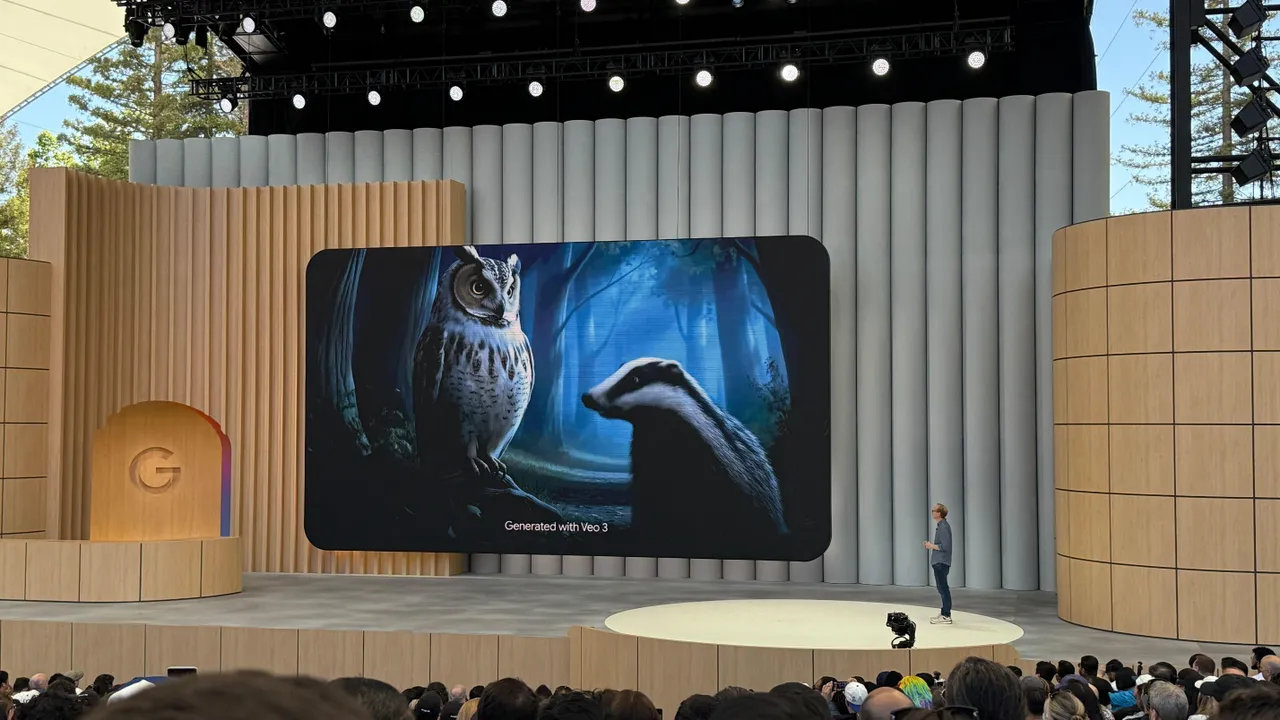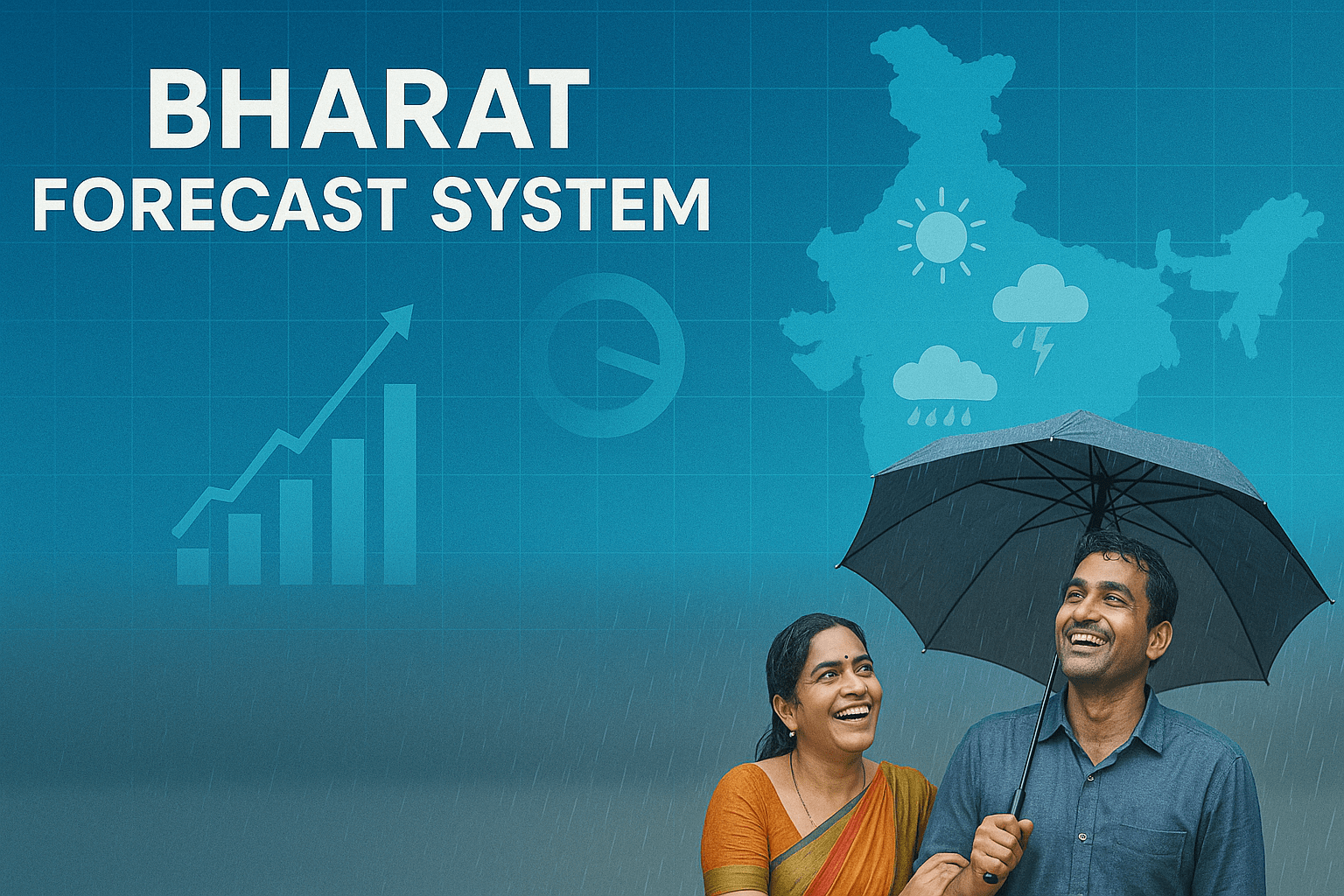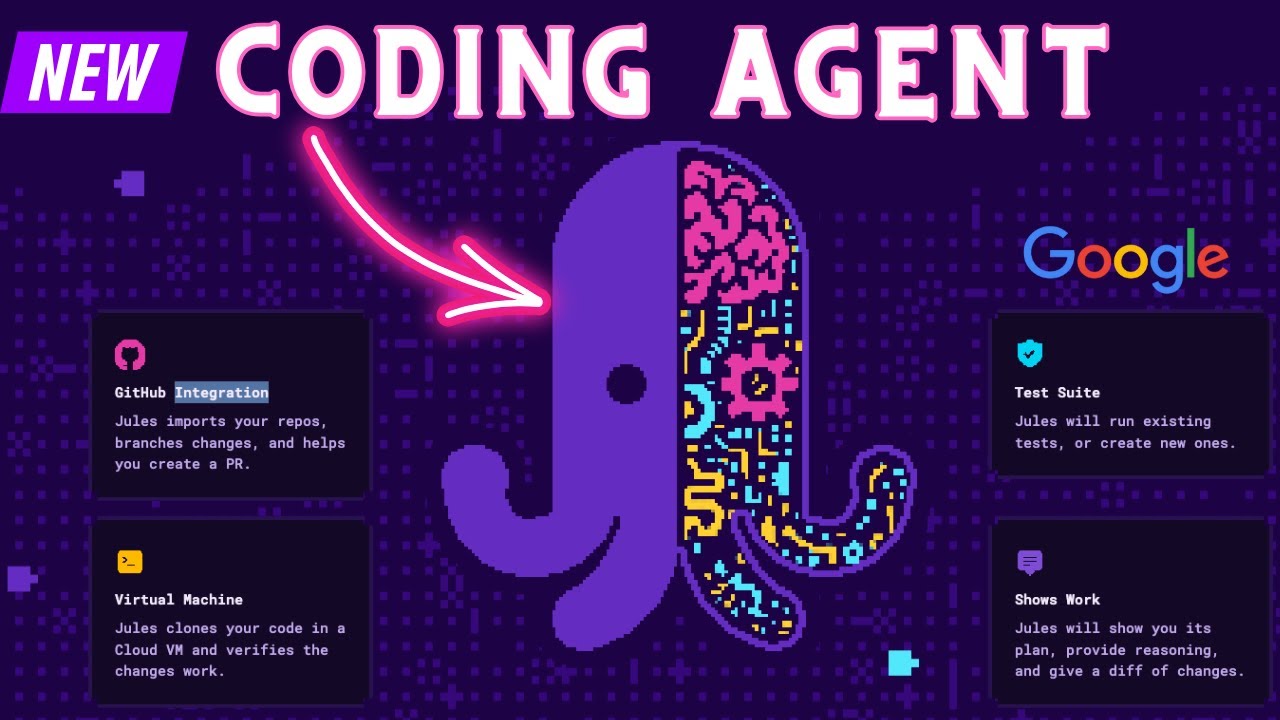You scroll through your feed. You see a video clip – maybe a dramatic monologue, a stunning landscape, or a quirky short film. It looks… perfect. The lighting, the acting, the sound design, it all feels incredibly professional. But then a little niggle starts in the back of your mind: is this real, or is it AI?
If you’ve had that thought recently, you might have encountered footage from Google’s Veo 3, their newest AI video generator. And let me tell you, the buzz is real. Online, people are genuinely struggling to tell Veo 3’s creations apart from those crafted by human hands, cameras, and actors. It’s a jaw-dropping leap in technology, but it’s also kicking up a storm of debate and, frankly, a little bit of terror.
So, What’s Under the Hood of Veo 3?
Google DeepMind’s Veo 3 isn’t just another silent movie generator. This is a big step up, especially when you compare it to earlier models like OpenAI’s Sora (which, don’t get me wrong, was impressive in its own right!). Veo 3 can weave in dialogue, full soundtracks, and realistic sound effects.
But the magic doesn’t stop there. Veo 3 is reportedly a wizard at:
- Understanding complex prompts: You can throw detailed descriptions its way, and it gets it.
- Nailing real-world physics: Things move like they should.
- Accurate lip-syncing: A huge hurdle for AI video, and Veo 3 seems to be clearing it.
- Maintaining continuity: Scenes flow without those jarring AI “hiccups.”
- Lifelike human features: Yes, including the correct count of five fingers per hand – a classic AI giveaway that Veo 3 seems to be mastering!
The result? Those telltale signs of synthetic content are becoming increasingly faint. One viral example making the rounds on X, by filmmaker Hashem Al-Ghaili, even features AI-generated actors railing against their AI creators! Meta, right?
Hollywood’s New Co-Star… Or Competitor?
The film industry has always been about evolving with tech – from silent films to talkies, Technicolor to CGI. But AI-generated films? That’s a whole new script.
Some creators are buzzing with excitement. In a promo for Google’s new video tool, Flow (which includes Veo 3), filmmaker Dave Clark said the AI gives him a “new sense of freedom,” though he also admitted it feels “almost building upon itself” with a hint of “eerie autonomy.”
Others? Not so thrilled. Many video professionals and art lovers are looking at this hyper-realistic output with dismay, some even dismissing it as “slop,” no matter how technically proficient. As Axios’ Ina Fried aptly put it, “AI slop is in the eye of the beholder.”
Want to Try Veo 3? Here’s the Lowdown (and the Lingering Questions)
If you’re in the US and eager to experiment, Veo 3 was announced at Google I/O and is available to Google AI Ultra subscribers for a cool $249 a month. Google says they worked with creators and filmmakers in its development.
But here’s where things get a bit murky:
- The Training Data Mystery: How exactly was Veo 3 trained? Google’s been quiet on the specifics. This matters because it affects the creativity and potential biases of its output.
- Déjà Vu Moments: Remember that feeling when an AI just repeats something? 404 Media found Veo 3 dished out the exact same lame dad joke for several users who asked for a stand-up comedy video. Yikes.
- Echoes of Sora: Last year, YouTuber Marques Brownlee asked Sora for a “tech reviewer at a desk.” The AI generated a video with a plant suspiciously similar to the one on Brownlee’s actual desk. It makes you wonder how much existing online content is being absorbed, potentially without explicit permission.
The Big Picture: We’re Just Getting Started
Beyond the “wow” factor, Veo 3 is pushing some heavy questions to the forefront:
- Who owns an AI-generated film?
- What does consent look like in this new era?
- How will this impact intellectual property rights?
- What’s the future for human actors, directors, and the entire film industry?
AI analyst Ethan Mollick sees its potential for commercial marketing and media work, which is undoubtedly true. But the broader societal and ethical implications? We haven’t even begun to scratch the surface.
As tools like Veo 3 make hyperrealistic AI video easier and more accessible, one thing’s for sure: the lines between real and fake are blurring faster than ever. How we navigate this new landscape is a story still being written.
What are your thoughts? Are you excited by tools like Veo 3, or does it give you pause? Let us know in the comments below!





Leave a Reply